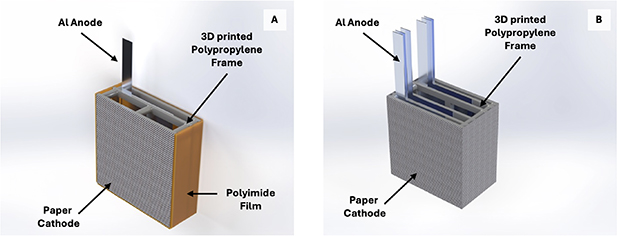
A Mobile Robot Platform for Wireless Charging of Agricultural Underground Sensor Networks
Abstract The deployment of large-scale buried sensor networks in agriculture
Thrust 2: Communication and Energy Systems will enable advanced approaches for powering IoT devices and robots in the field and for data communication from heterogeneous platforms of sensors, robots, and farming equipment. Thrust 2 will establish the knowledge and technologies specifically needed in agriculture, from powering devices and communicating from below the soil surface to deploying technologies at field scales.
To develop and deploy an innovative and comprehensive suite of communications and energy technologies tailored to the diverse set of sensors, platforms, and environmental conditions found in agricultural fields.
Agricultural fields are typically located in rural areas with poor broadband coverage. Currently, there is no agricultural-specific communication infrastructure. Sensors used in fields and on agricultural machinery rely on a ad-hoc collection of cellular (e.g., 3G, 4G, and eventually 5G), low-power networks (e.g., Bluetooth), and wired infrastructure (e.g., CAN bus). None of these networks were designed with agricultural use cases in mind. 5G use cases also do not align with agricultural deployments. Integrated solutions for precision farming require edge communication, between the IoT sensors and the mobile interrogation fleet of aerial- and ground-based robots and vehicles, as well as backhaul communication between this fleet, which also carries data intensive imaging systems, and a network for data processing/repository.
IoT4Ag will create Ag-specific communication solutions that are forward looking and “Beyond-5G”. Our communications research will focus on: 1) Sensor-level: Communication techniques and hardware for communication with low-power sensors; 2) Machinery sensing: Communication and computational techniques for collecting sensing data from Ag machinery; 3) Ag Machinery-to-Ag Machinery: High-rate and low-latency techniques that connect Ag machinery-to-Ag machinery. This could be millimeter wave or sub-6 GHz; 4) Backhaul and Range Extension: Multi-hop communication (e.g., robot-to-robot) and distributed communication techniques (e.g., across multiple sensors) to facilitate larger coverage areas. This could be millimeter wave or sub-6 GHz.


Distributed energy sources and on-board batteries are needed that allow rapid charging to power edge IoT elements and the IoT4Ag fleet of robots. In addition, some implementations of active smart chaff will require the use of energy sources such as batteries. IoT4Ag will develop biodegradable batteries based on the corrosion of Fe, Zn, and/or Mg metals, which are environmentally benign and already found in soil, with electrolytes that draw the moisture required for their operation from the environment in which they are embedded, thereby removing the need to encapsulate large volumes of electrolyte.

The in-flight duration of electrically-powered aerial robots is often limited by the energy capacity of conventional on-board batteries. To power the fleet to operate at agricultural scales, IoT4Ag will create high power density, rapid recharging batteries. We will also create solutions for rapid and frequent recharging of robots from power sources distributed throughout the field. For example, wireless power transfer and charging receptacles will be studied to recharge robots from power sources including utility distribution power lines, requiring no new infrastructure; charging lines installed along existing infrastructure such as central-pivot irrigation; or solar or wind installations.

In addition to electrochemical energy sources, energy harvesting will play an important role in powering distributed IoT4Ag sensors. As just one example, we will exploit a novel technology known as electrodynamic wireless power transfer (EWPT) to scavenge power from the low electrical frequencies of power lines. EWPT uses low-frequency (<1 kHz) magnetic fields to transmit power through conductive media (the robot itself, rain, etc.), and has been shown to scavenge power levels up to the order of Watts. Recent efforts have focused on MEMS technology to significantly miniaturize and optimize the wireless receivers.

Abstract The deployment of large-scale buried sensor networks in agriculture

Abstract A significant challenge for power sources of small-scale quadrotors

Abstract The Internet of Things (IoT) consists of multiple networked

Abstract Current-carrying coils and rotating permanent magnets can be used

Abstract The adversarial wiretap channel of type II (AWTC-II) is

Abstract The growing demand for high-speed wireless communication has generated